
The Woman King (2022)
“The Woman King” (2022) is a historical epic directed by Gina Prince-Bythewood. The film stars Viola Davis, Thuso Mbedu, Lashana Lynch, Sheila Atim, and John Boyega. It is inspired by true events and centers on the powerful all-female warrior unit known as the Agojie, who protected the African Kingdom of Dahomey during the 18th and 19th centuries.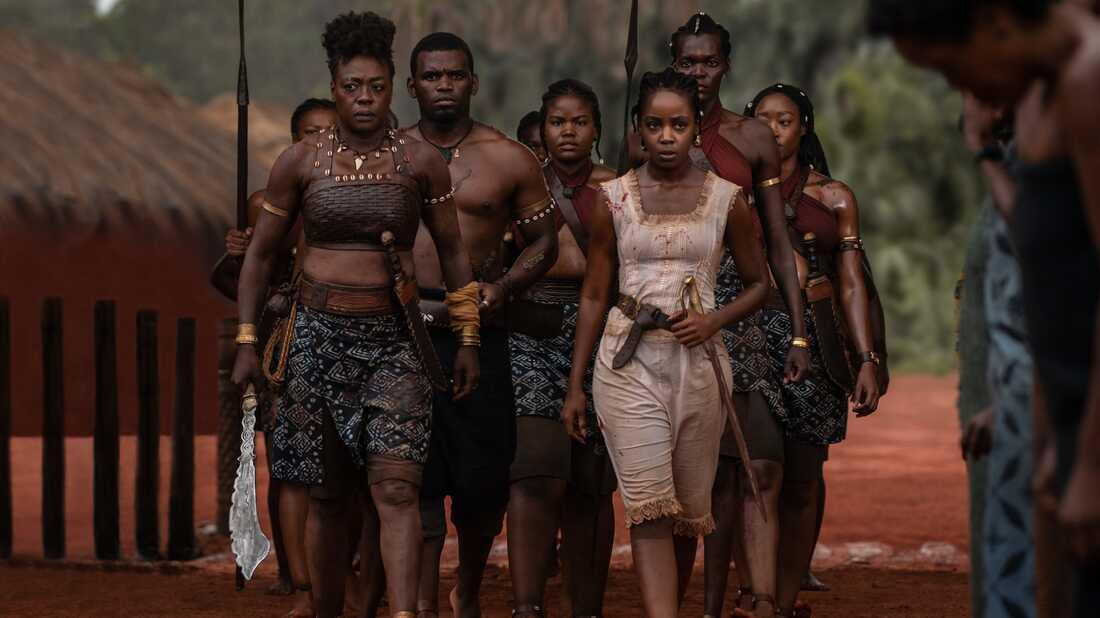
The story follows General Nanisca (Viola Davis), the fierce and formidable leader of the Agojie. Set in the 1820s, the film delves into the training and battles of these warriors as they defend their kingdom against external threats, including rival tribes and European colonizers who seek to enslave their people.
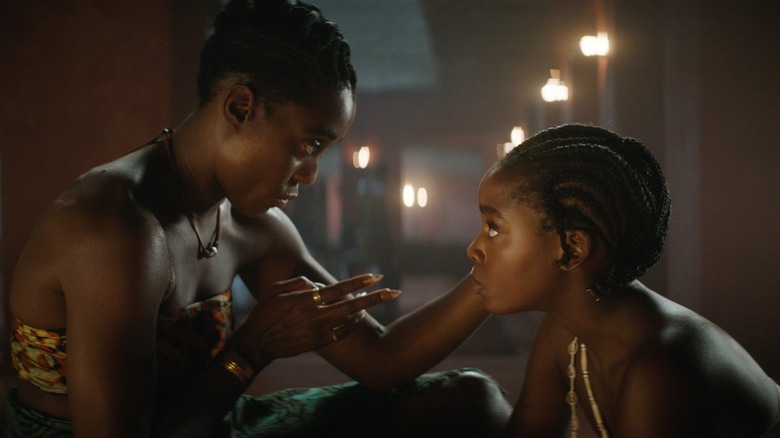
Nanisca’s journey is intertwined with that of Nawi (Thuso Mbedu), a young and ambitious recruit who shows great promise and determination. Under Nanisca’s guidance, Nawi undergoes rigorous training and learns the ways of the Agojie, growing into a skilled and courageous warrior.
As tensions escalate and the threat of invasion looms, Nanisca and her warriors must rally to protect their homeland and uphold their people’s honor. The film portrays the Agojie’s bravery, skill, and unwavering dedication to their kingdom, highlighting their pivotal role in history.

“The Woman King” is celebrated for its powerful performances, particularly by Viola Davis, who brings depth and intensity to her portrayal of Nanisca. The film is noted for its rich historical setting, compelling storytelling, and dynamic action sequences. It also explores themes of leadership, resilience, and the fight for freedom and justice.

With its strong female leads and focus on a lesser-known chapter of African history, “The Woman King” stands out as a significant and inspiring cinematic achievement, offering both thrilling entertainment and a tribute to the legacy of the Agojie warriors.
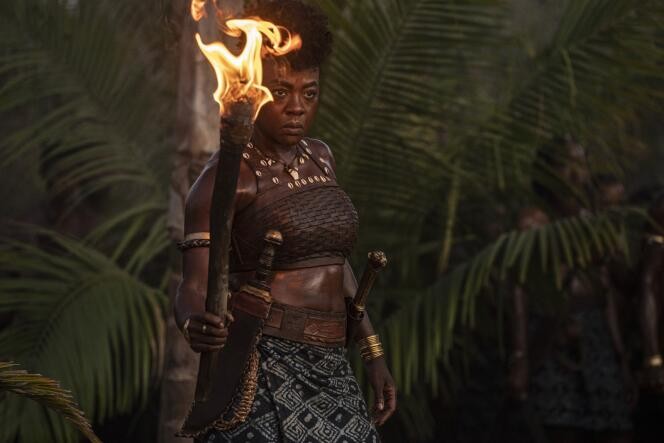

The Pianist (2002)
“The Pianist” (2002), directed by Roman Polanski, is a deeply moving and meticulously crafted biographical drama based on the true story of Władysław Szpilman, a Polish-Jewish pianist who survived the Holocaust.
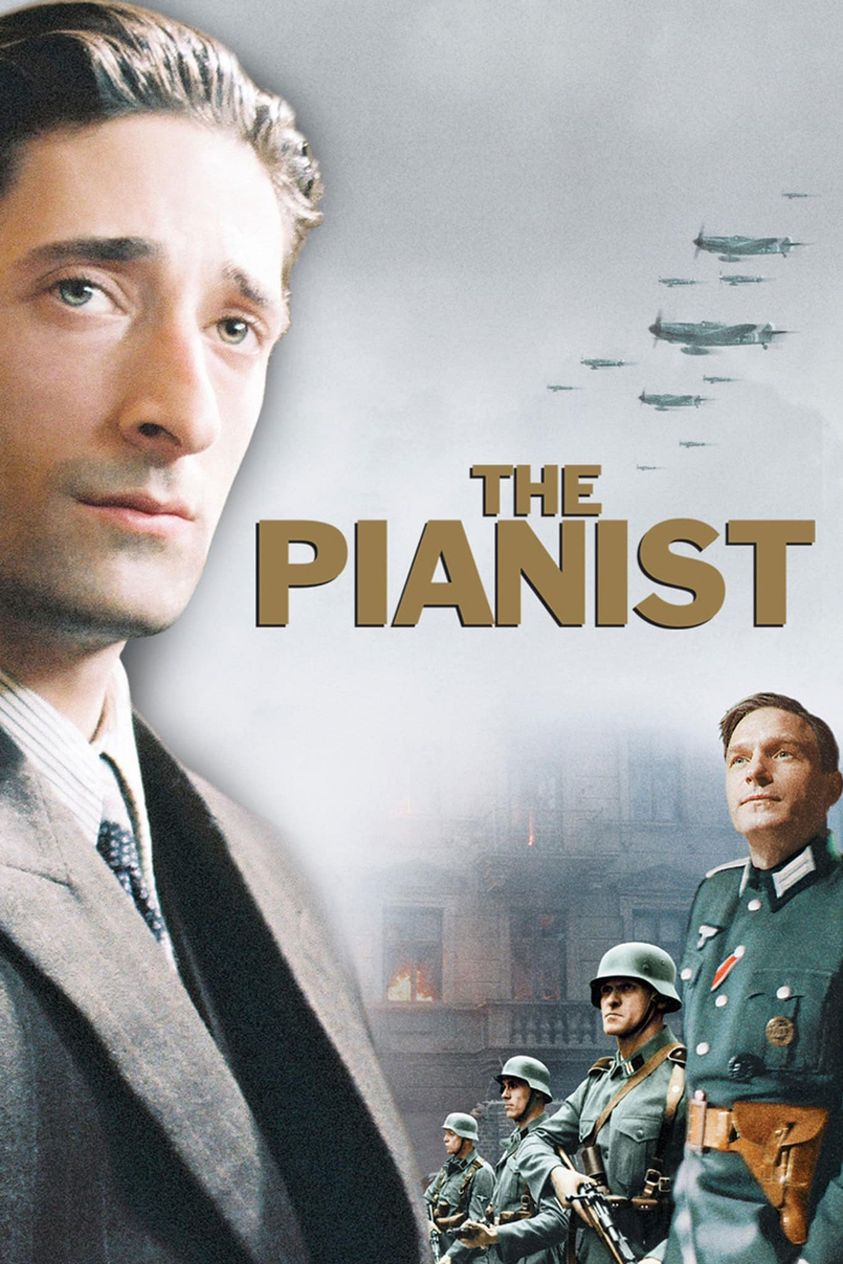
Adrien Brody delivers an extraordinary, Oscar-winning performance as Szpilman, capturing his harrowing journey from celebrated musician to desperate survivor in war-torn Warsaw.
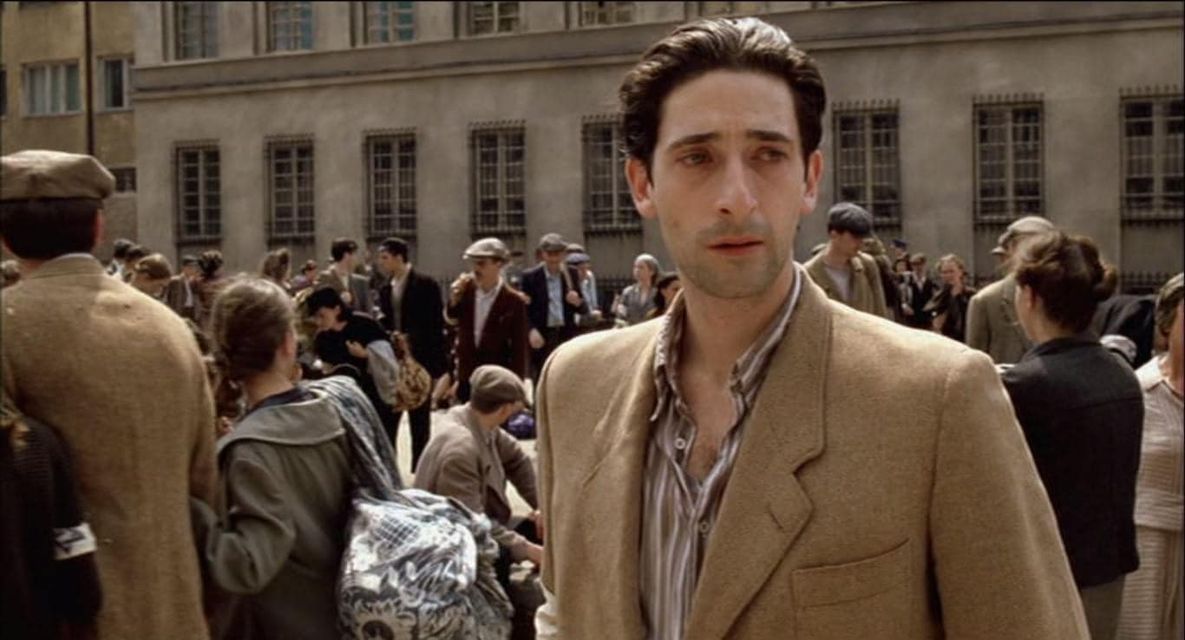
The film’s stark and unflinching portrayal of the horrors of the Holocaust is matched by moments of profound humanity and resilience.
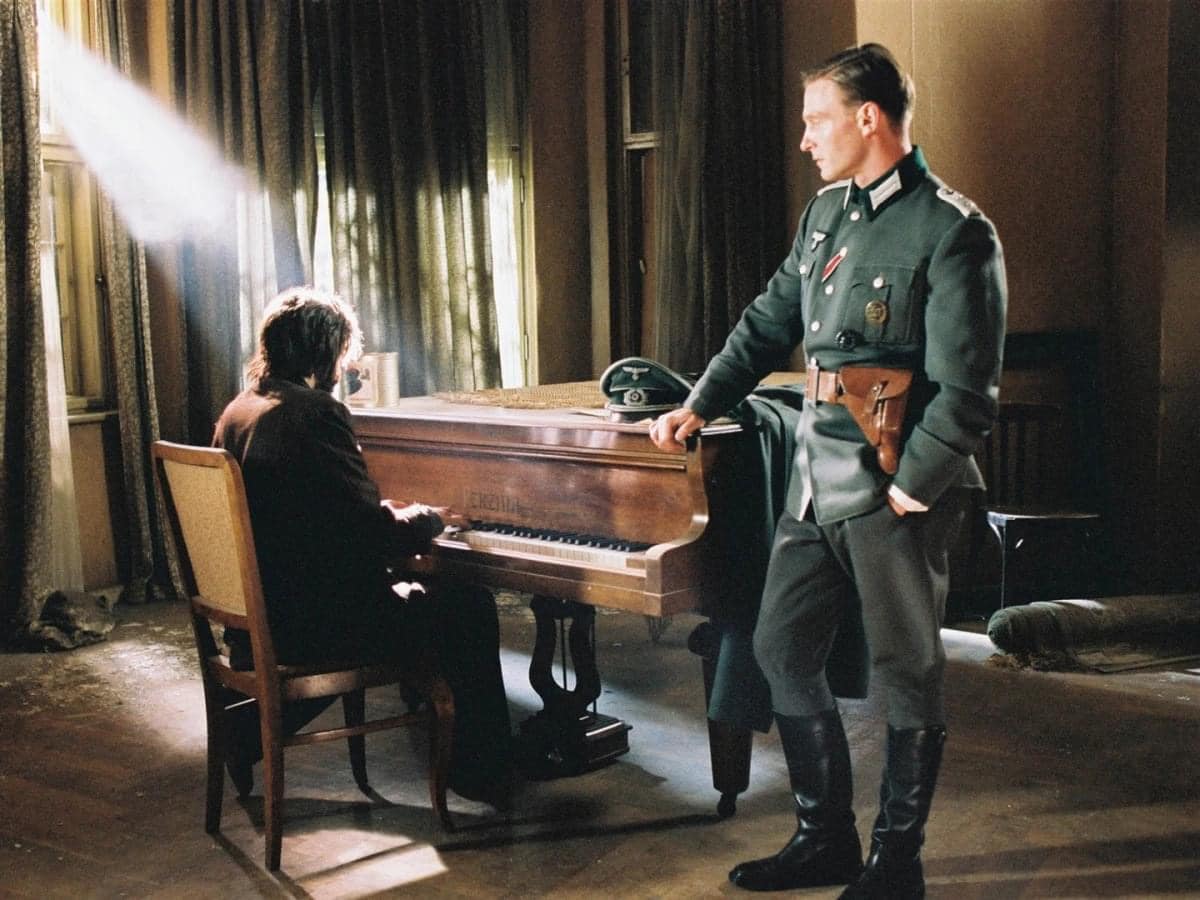
Polanski’s direction, informed by his own experiences during the war, lends the film an authenticity and emotional intensity that is both haunting and unforgettable. “The Pianist” is a poignant and powerful testament to the enduring spirit of one man amidst the darkest chapter of human history.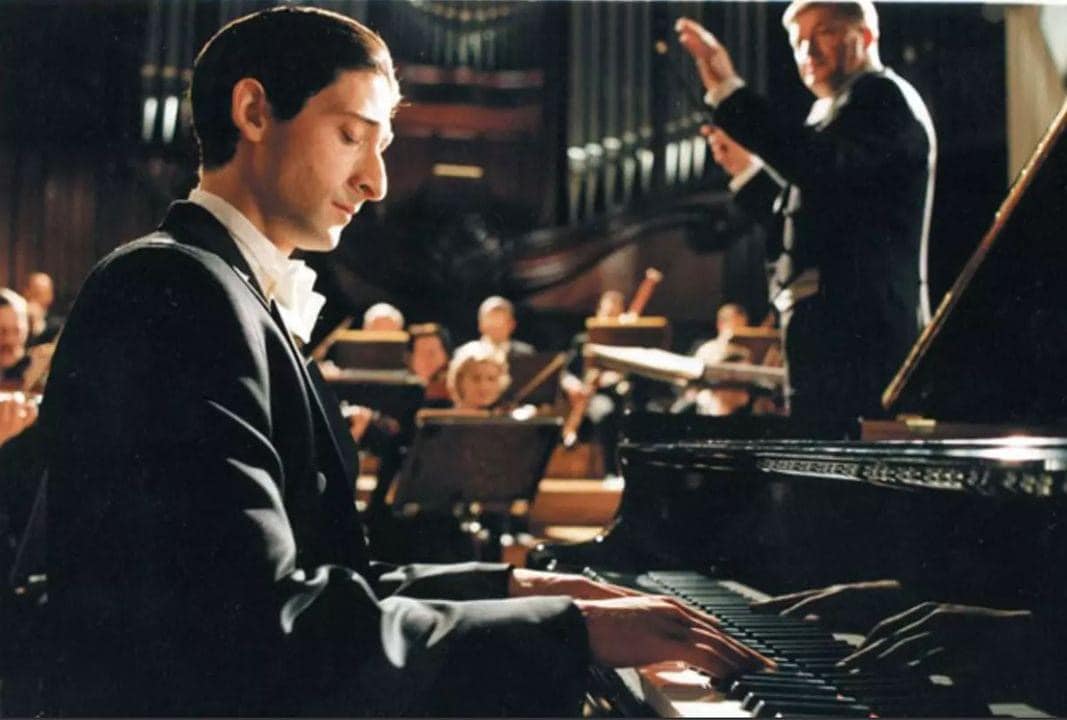
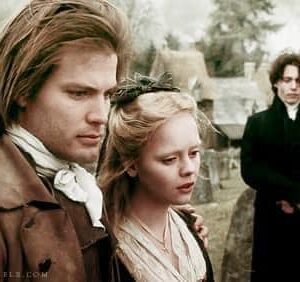
Sleepy Hollow (1999)
In 1999, Tim Burton brought his unique vision to Washington Irving’s classic story with “Sleepy Hollow,” a chilling and atmospheric reimagining that seamlessly blends horror, mystery, and period drama into a captivating film experience.
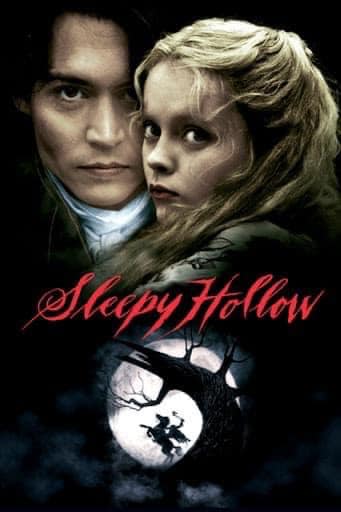
Set against the hauntingly misty backdrop of 1799 rural New York, the movie immerses audiences in a world filled with superstition, fog, and the ominous presence of the Headless Horseman.

The plot follows Ichabod Crane, played with intensity by Johnny Depp, a rational and modern constable dispatched from New York City to investigate a series of brutal murders in the isolated village of Sleepy Hollow.
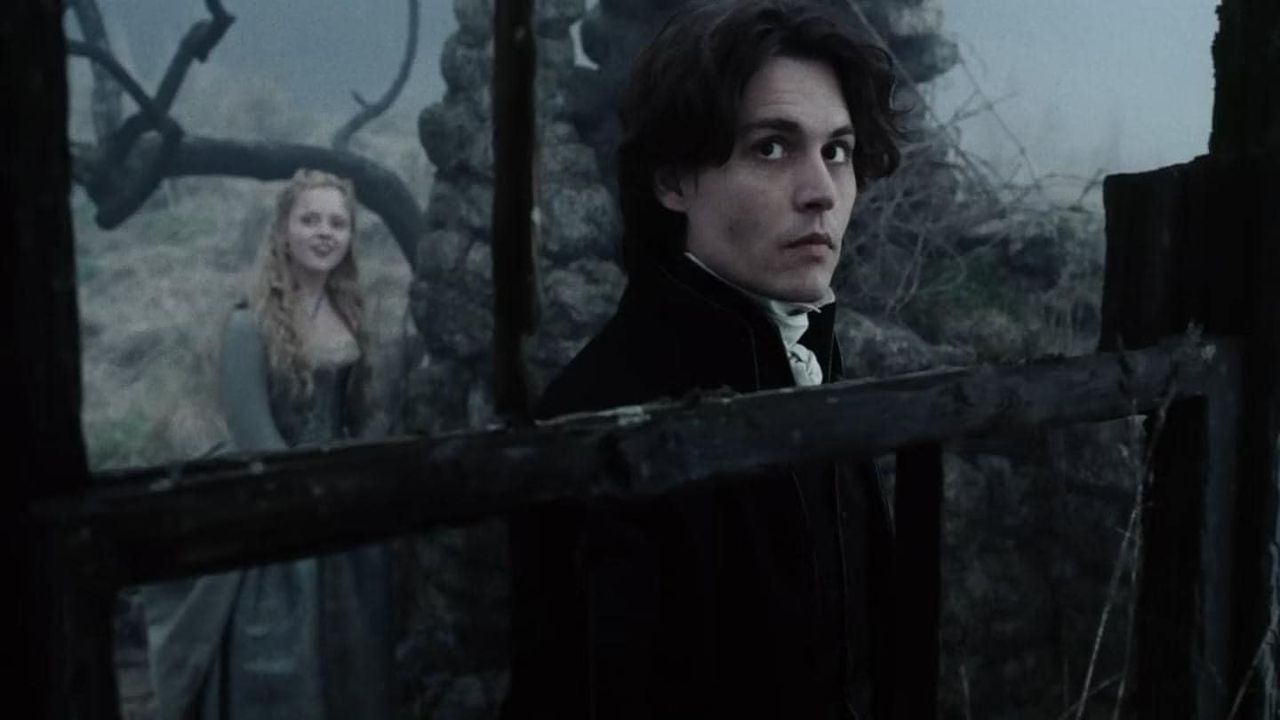
As Crane delves into the case, he uncovers a community shrouded in secrecy, folklore, and deep-rooted fears of the supernatural.
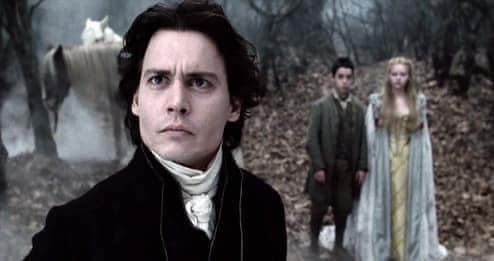
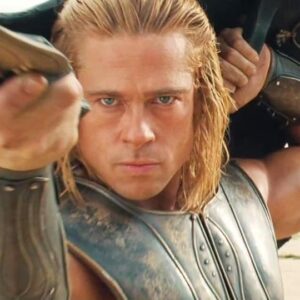
Troy (2004)
Troy (2004)
Wolfgang Petersen’s “Troy” is an epic cinematic adaptation of Homer’s Iliad, a poignant story about love, honor and the devastating consequences of human ambition.

Retelling the legendary story of the Trojan War, the film tells the fateful journey of the Trojan prince, Paris (Orlando Bloom), who causes conflict by eloping with the beautiful Helen (Diane).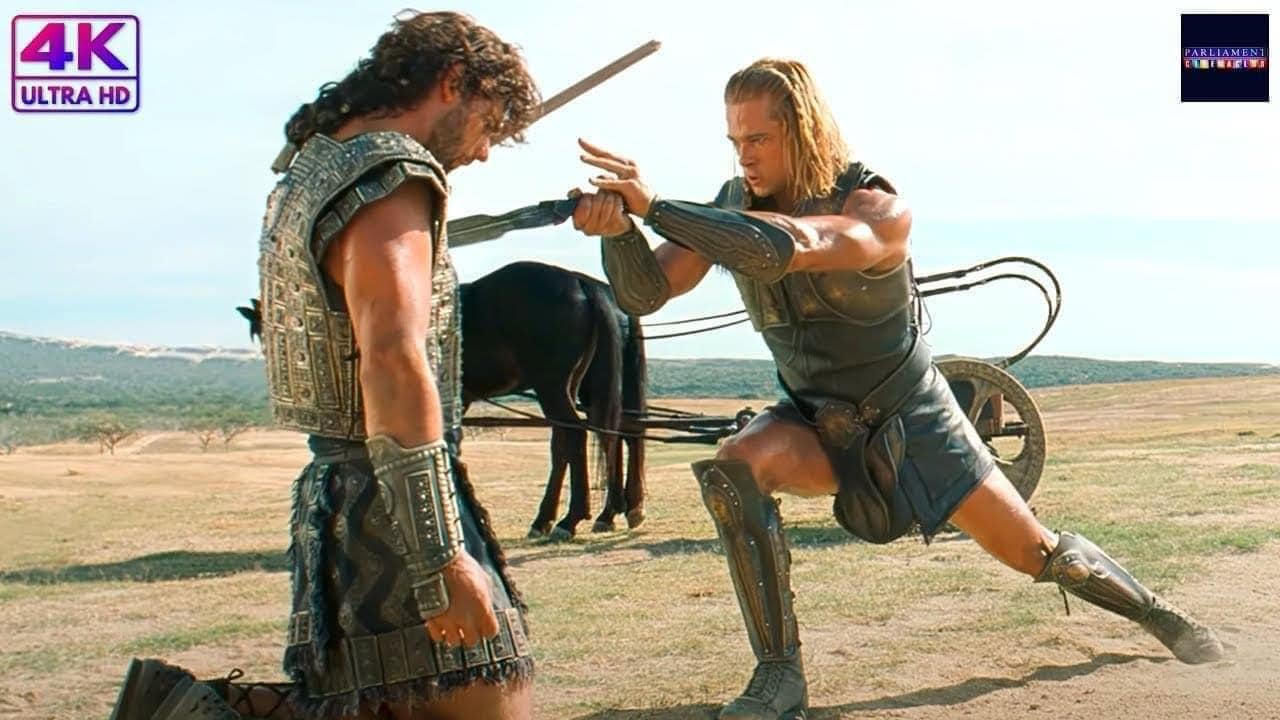
TROY, 2004, (c) Warner BrothersKruger), wife of the Spartan king. As the warring factions gather their armies and lay siege to the impregnable walls of Troy, the film delves into a complex web of political intrigue, military strategy and personal sacrifice. which will eventually destroy the once mighty city.
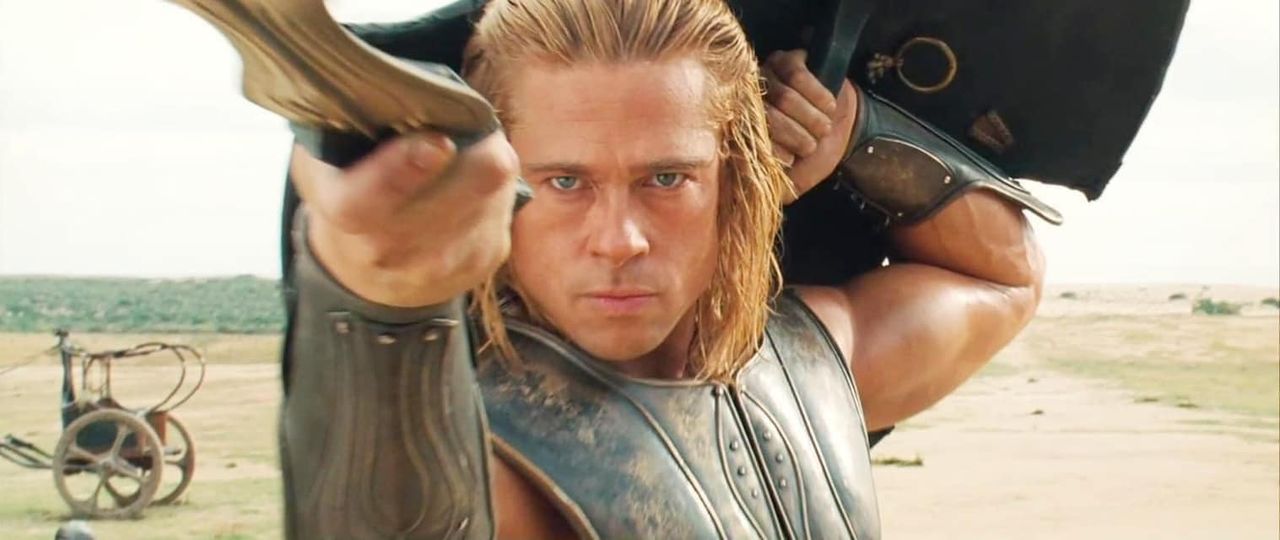
Backed by big modular fight sequences, valuable production and strong performances from an all-star cast that includes Brad Pitt as legendary warrior Achilles, “Troy” emerges as a fascinating and visually stunning interpretation of one of the most influential historical works in Western Literature.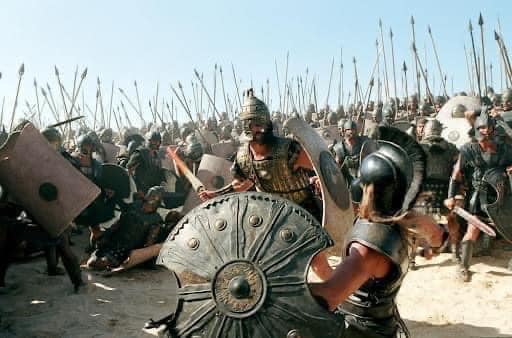
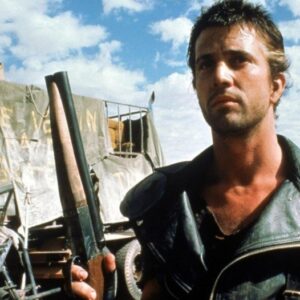
Mad Max 2: The Road Warrior (1981)
Mad Max 2: The Road Warrior (1981)
Mad Max 2: The Road Warrior (1981) is the second film in the Mad Max franchise, directed by George Miller. It stars Mel Gibson as Max Rockatansky, reprising his role from the original Mad Max (1979). The film is set in a post-apocalyptic wasteland and is renowned for its high-octane action, innovative stunts, and distinctive visual style.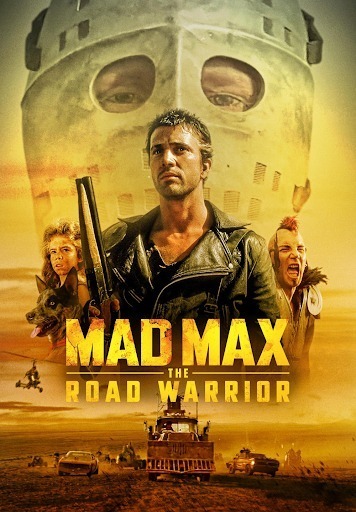
In The Road Warrior, Max is a lone drifter in a desolate future where society has collapsed, and resources are scarce. He roams the wasteland in his modified vehicle, seeking fuel and survival.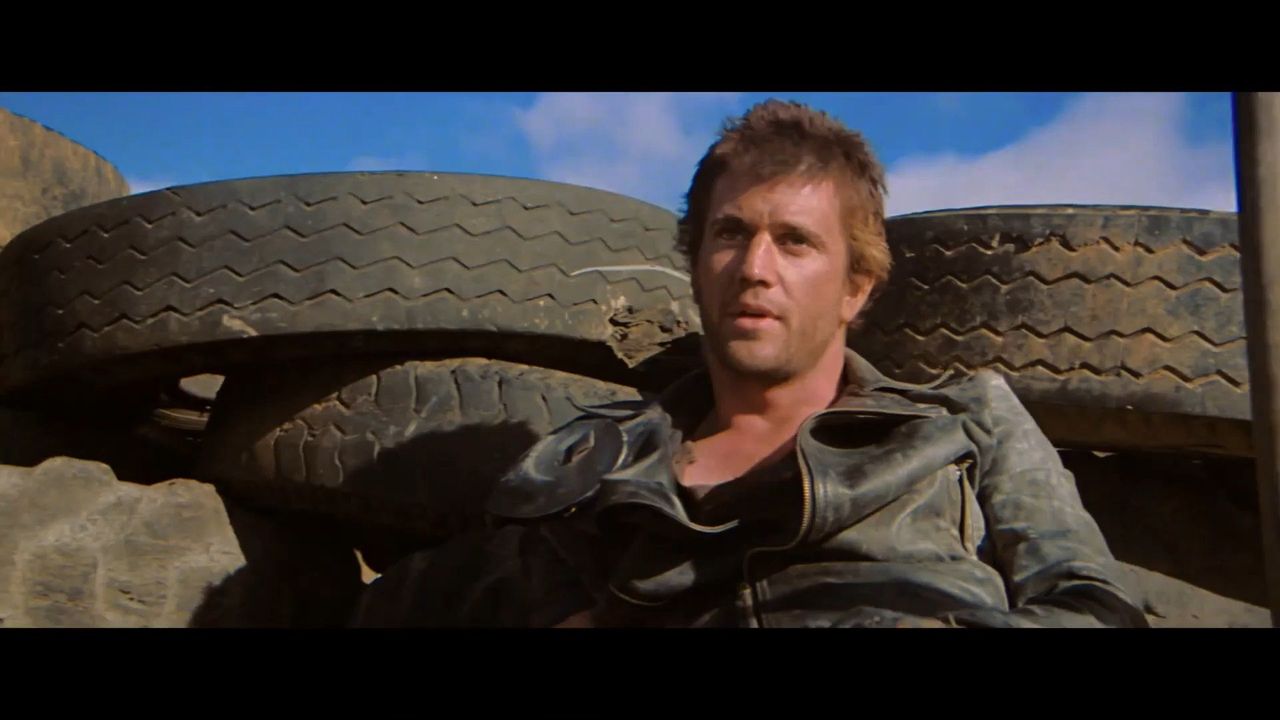 The story follows Max as he becomes entangled with a group of settlers who are under siege by a ruthless gang led by the warlord Lord Humungus (Kjell Nilsson). The settlers have a fortified compound and a valuable resource—fuel—which the gang desperately wants to seize.
The story follows Max as he becomes entangled with a group of settlers who are under siege by a ruthless gang led by the warlord Lord Humungus (Kjell Nilsson). The settlers have a fortified compound and a valuable resource—fuel—which the gang desperately wants to seize.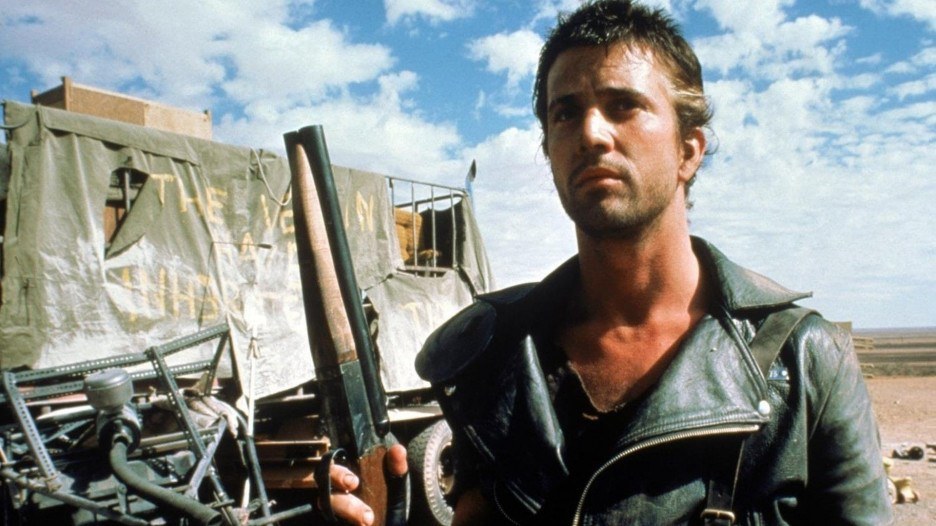
Max initially seeks to trade his services for fuel but becomes more involved when he learns of the settlers’ plight. The film builds to a dramatic and action-packed climax, with Max helping the settlers escape and confronting the gang in a series of thrilling car chases and battles.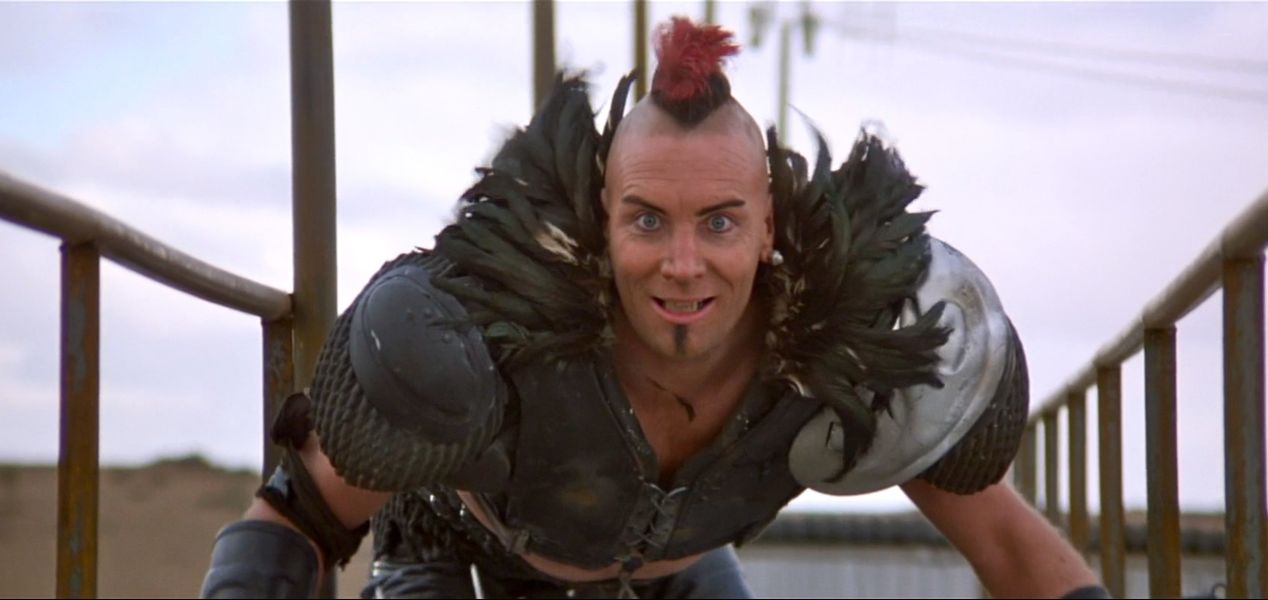

Legend (1985)
Legend (1985)
Legend (1985) is a fantasy film directed by Ridley Scott, famous for its enchanting images and epic storytelling. The film stars Tom Cruise as Jack, a young lumberjack who embarks on a journey to rescue his beloved princess, Lili (played by Mia Sara), from the clutches of the Dark Lord ( played by Tim Curry), who plans to engulf the world. into eternal darkness.
The plot revolves around Jack’s journey to stop the Dark Lord from capturing and sacrificing Lili to bring about a dark age. Along with a group of magical creatures and allies, Jack must navigate a fantasy world filled with dangers and mystical challenges. The film features elaborate sets and costumes, creating a rich and visually appealing fairy tale environment.
The legend is honored by its imaginative design and Tim Curry’s performance as the Dark Lord, whose role is both terrifying and memorable. The film’s visuals are complemented by a haunting score composed by Jerry Goldsmith, which adds to the atmospheric quality of the story.
Despite mixed reviews upon release, Legend has garnered a cult following over the years, admired for its artistry and the classic fantasy elements that Ridley Scott brought to the screen.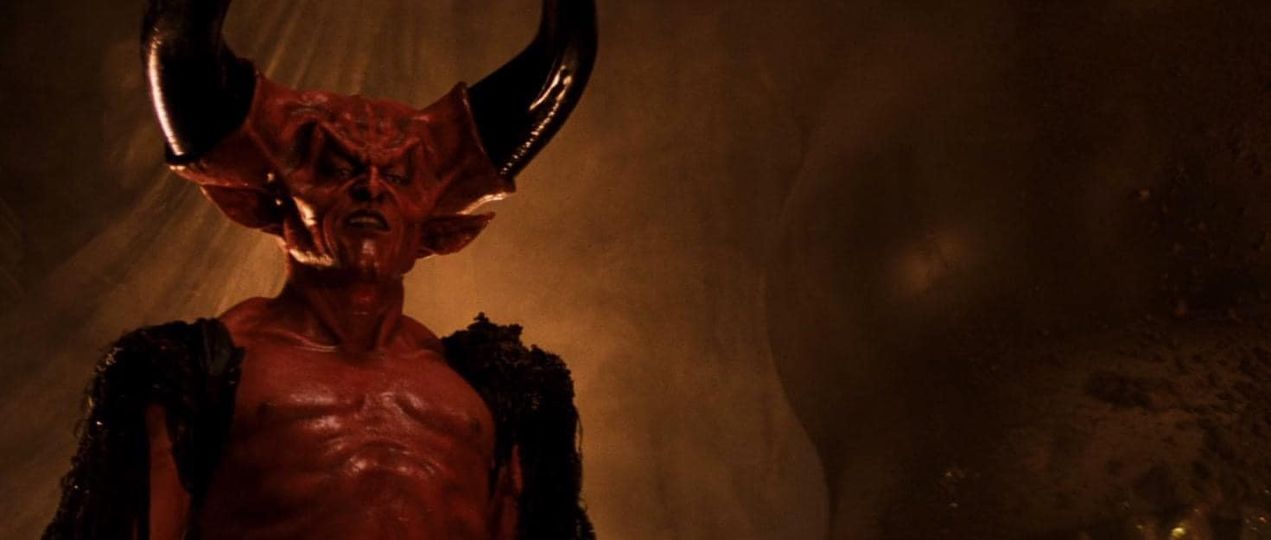

Dante’s Peak (1997)
Dante’s Peak (1997)
Dante’s Peak (1997) is a disaster film directed by Roger Donaldson and written by Leslie Bohem. The film stars Pierce Brosnan, Linda Hamilton, Charles Hallahan, and Elizabeth Hoffman.
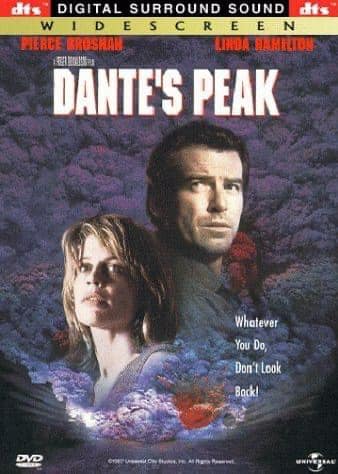
The film is set in the small, picturesque town of Dante’s Peak, located in the Pacific Northwest. The story begins when volcanologist Dr. Harry Dalton (Pierce Brosnan) is sent to the town to investigate a series of unusual seismic activities that could indicate volcanic activity.
Upon arrival, Dr. Dalton discovers signs of a dormant volcano showing increased activity, and he becomes concerned about the potential for a catastrophic eruption. He teams up with the town’s mayor, Rachel Wando (Linda Hamilton), to assess the situation and alert the townspeople to the growing danger.

As the volcano’s activity intensifies, the town experiences increasing tremors, ash falls, and dangerous gas emissions. Despite the mounting evidence, local officials and residents are skeptical of the threat, and the situation becomes increasingly dire as Dr. Dalton and Mayor Wando work to evacuate the town and prepare for the imminent eruption.

The film climaxes with a dramatic and destructive volcanic eruption that threatens to engulf the town and its inhabitants. Dr. Dalton and Mayor Wando must navigate the chaos and make difficult decisions to save as many lives as possible.
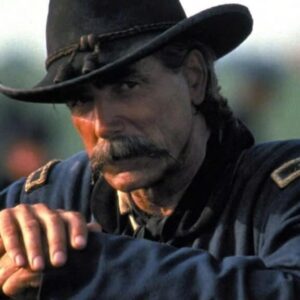
Gettysburg
“Gettysburg,” directed by Ronald F. Maxwell and released in 1993, is a meticulously crafted historical war film that brings to life the pivotal Battle of Gettysburg during the American Civil War. The film, based on Michael Shaara’s novel “The Killer Angels,” boasts an ensemble cast including Tom Berenger, Jeff Daniels, and Martin Sheen, who deliver compelling performances as key figures such as General James Longstreet, Colonel Joshua Chamberlain, and General Robert E. Lee.
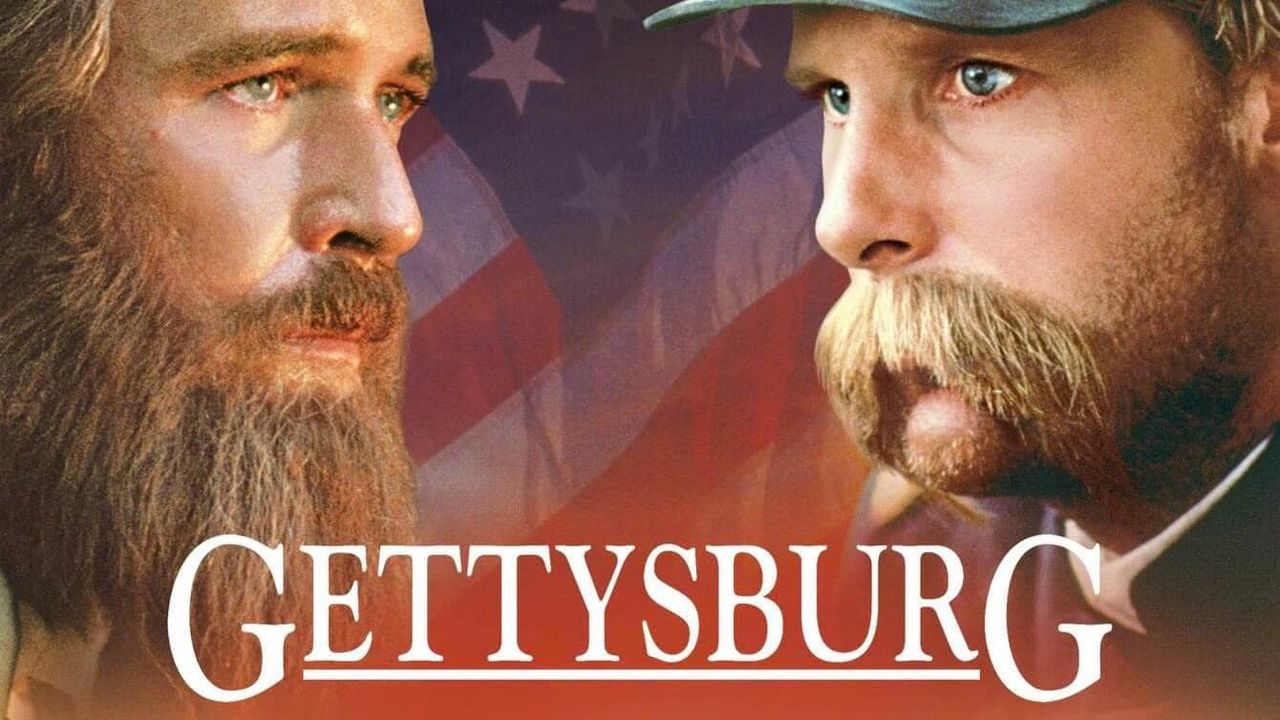
“Gettysburg” excels in its attention to detail and authenticity, capturing the strategies, struggles, and humanity of those involved in the three-day conflict. Maxwell’s direction ensures that the battle sequences are both grand and intimate, highlighting the personal sacrifices and leadership challenges faced by soldiers and officers alike.
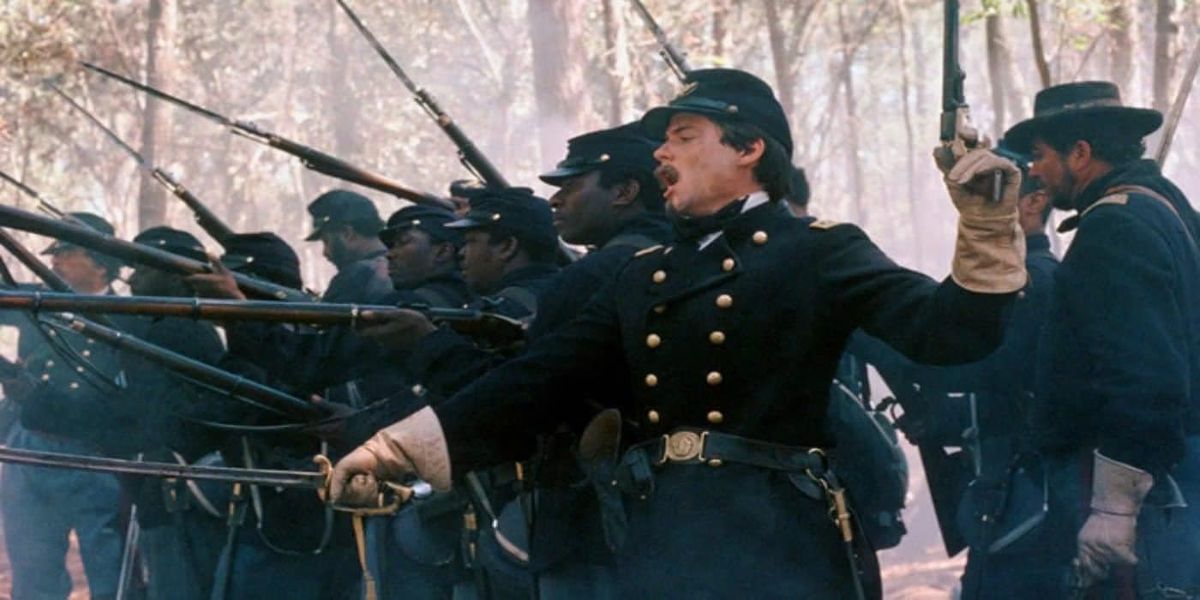
The film’s strength lies in its balanced portrayal of both Union and Confederate perspectives, providing a nuanced view of the motivations and emotions driving each side. The lengthy runtime allows for a thorough exploration of character development and military tactics, making the historical context accessible and engaging.
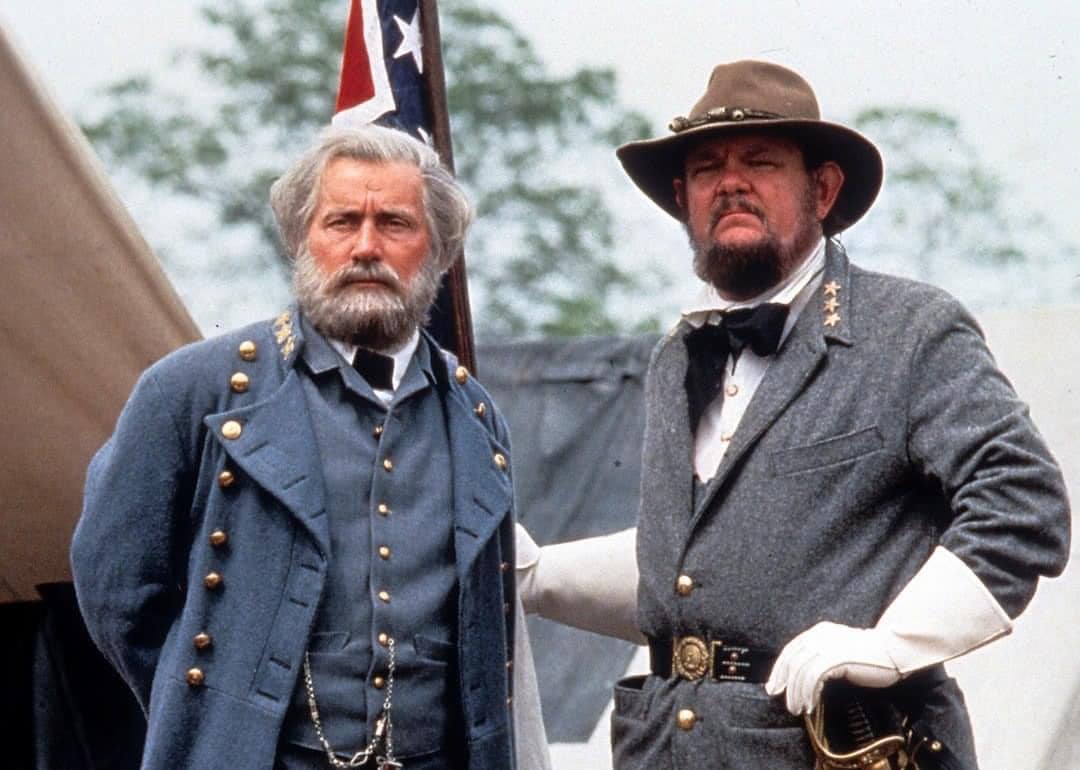
The reenactment of famous events such as Pickett’s Charge and the defense of Little Round Top are particularly noteworthy for their scale and historical accuracy. “Gettysburg” stands as a significant achievement in war cinema, praised for its educational value and its ability to vividly recreate one of the most important battles in American history. Its dedication to historical fidelity and powerful performances make it a memorable and impactful film.


“Troy” (2004)
“Troy” (2004), directed by Wolfgang Petersen, is a sweeping epic that brings the legendary Trojan War to life with grandiosity and spectacle.
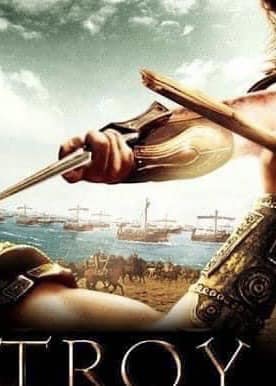
Inspired by Homer’s “Iliad,” the film stars Brad Pitt as the formidable warrior Achilles, who is drawn into the conflict by his personal quest for glory.
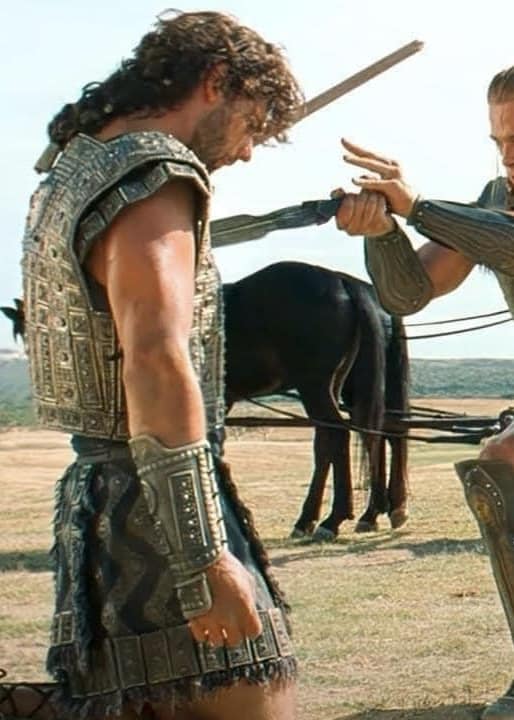
Eric Bana and Orlando Bloom portray Hector and Paris, the Trojan princes whose actions set the stage for war. The film excels in its grand battle scenes and impressive set designs, creating a visually stunning depiction of ancient warfare.
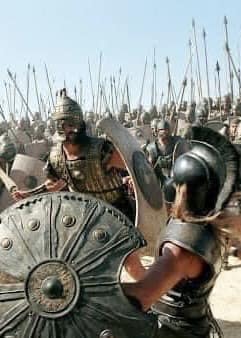
Greek warriors hail Achilles (Brad Pitt) in Warner Bros. Pictures’ epic action adventure “Troy,” starring Brad Pitt, Eric Bana and Orlando Bloom.
PHOTOGRAPHS TO BE USED SOLELY FOR ADVERTISING, PROMOTION, PUBLICITY OR REVIEWS OF THIS SPECIFIC MOTION PICTURE AND TO REMAIN THE PROPERTY OF THE STUDIO. NOT FOR SALE OR REDISTRIBUTION.
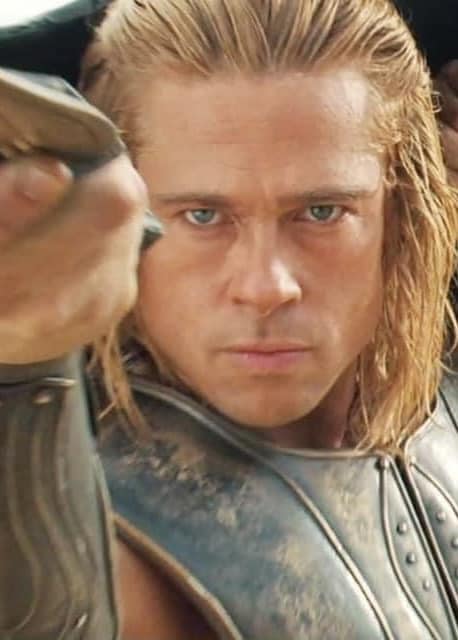
While the screenplay takes liberties with the source material, the performances, particularly by Pitt and Bana, add depth to the characters. “Troy” combines action, drama, and romance to deliver a compelling, if somewhat modernized, retelling of one of history’s greatest tales.
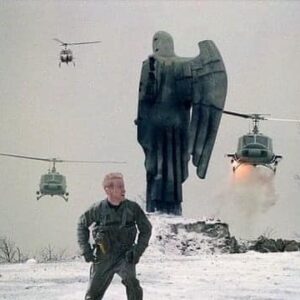
Behind Enemy Lines (2001)
“Behind Enemy Lines” (2001) is a war drama film directed by John Moore, starring Owen Wilson and Gene Hackman. The story centers on Lieutenant Chris Burnett (Owen Wilson), a naval aviator who becomes stranded in hostile territory after his reconnaissance plane is shot down over Bosnia.
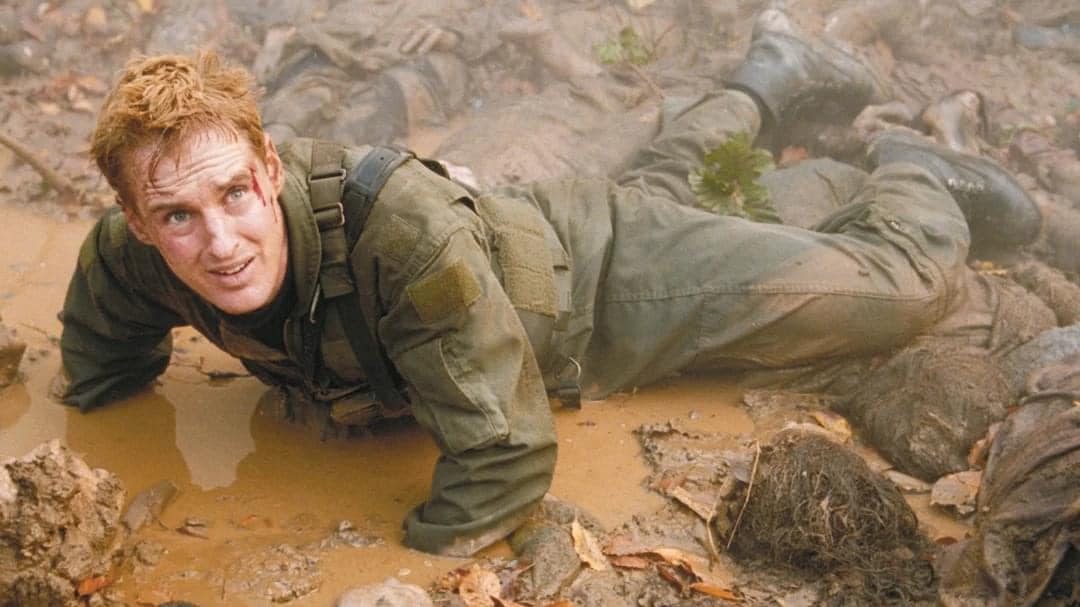
The film unfolds as Burnett and his pilot, Stackhouse (Gabriel Macht), conduct a routine reconnaissance mission over enemy territory. When their plane is detected and shot down by Serbian forces, the two men eject and land in different locations. Stackhouse is quickly captured and executed by Serbian soldiers, while Burnett narrowly escapes into the dense forest.
Now alone and hunted by the enemy, Burnett must evade capture and navigate his way through dangerous terrain to reach safety. Meanwhile, Admiral Reigart (Gene Hackman), Burnett’s commanding officer, disregards orders to leave Burnett behind and launches a covert rescue mission to retrieve him.
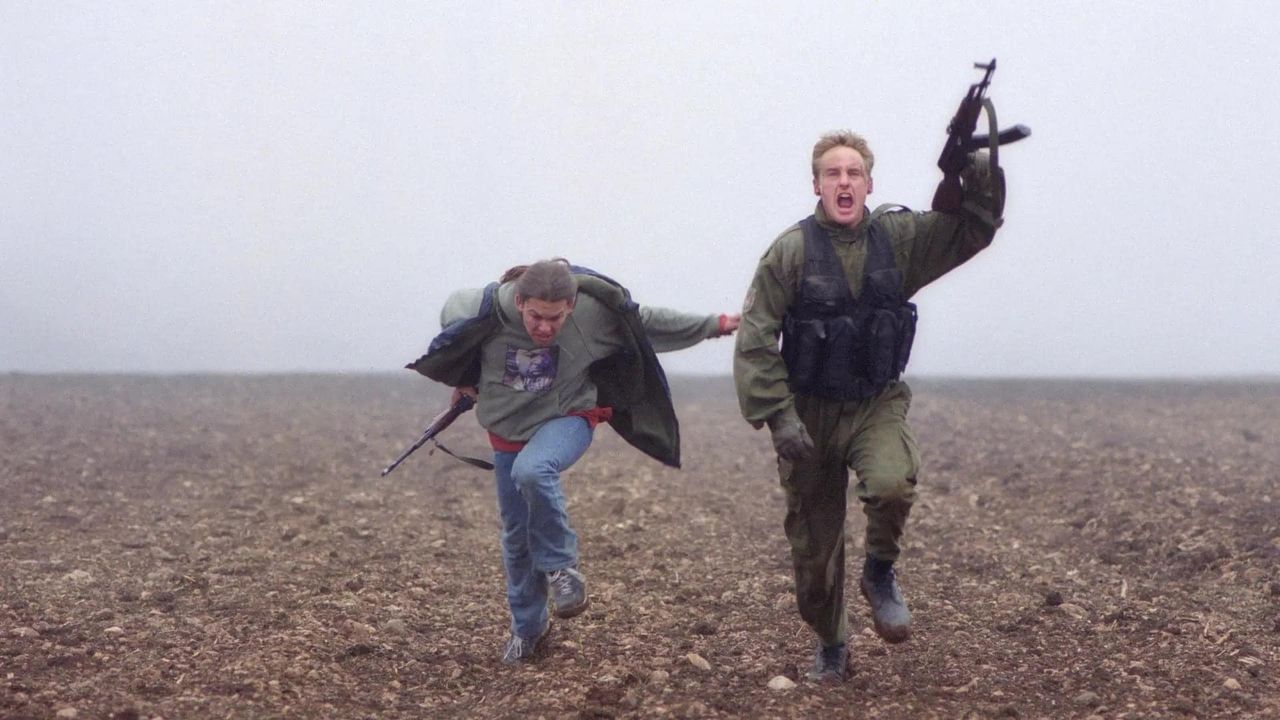
As Burnett races against time, he faces numerous challenges, including harsh weather conditions, enemy patrols, and the relentless pursuit of a Serbian tracker. The film explores themes of survival, bravery, and the sacrifices made in the line of duty, highlighting the resilience and determination of a soldier trapped behind enemy lines.
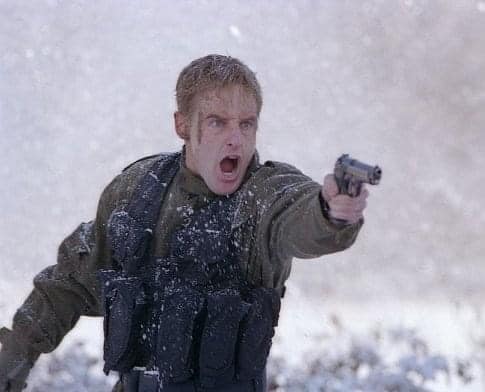
“Behind Enemy Lines” is known for its intense action sequences, suspenseful plot, and gripping portrayal of wartime survival. Owen Wilson delivers a notable performance outside of his typical comedic roles, portraying the resourceful and resilient Lieutenant Burnett. Gene Hackman adds depth to the film with his portrayal of Admiral Reigart, a seasoned military leader determined to bring his pilot home.
Overall, “Behind Enemy Lines” offers a compelling mix of military drama and thrilling suspense, making it a memorable entry in the genre of war films. It captures the adrenaline-fueled struggle of one man’s fight for survival behind enemy lines and the unwavering loyalty of those who risk everything to bring him home.
